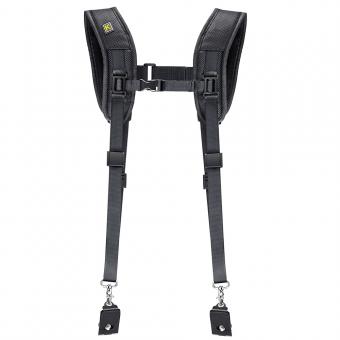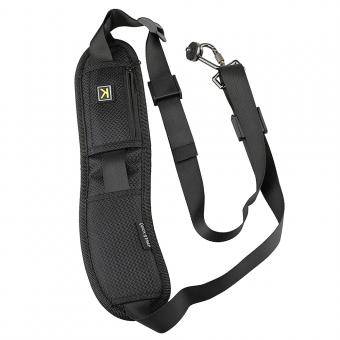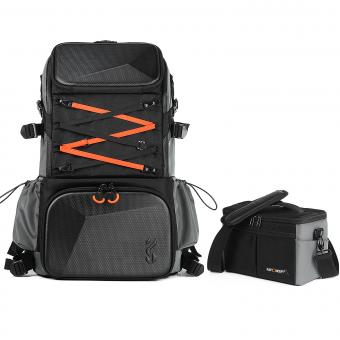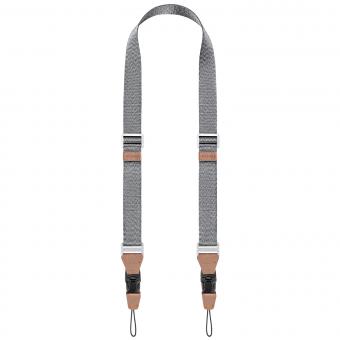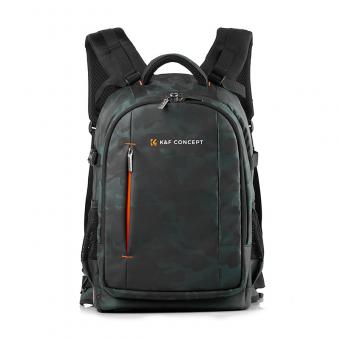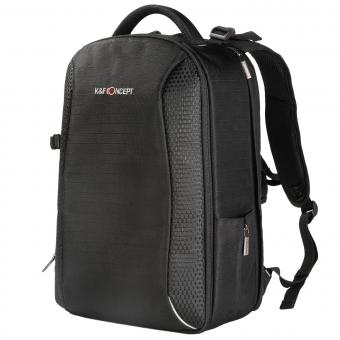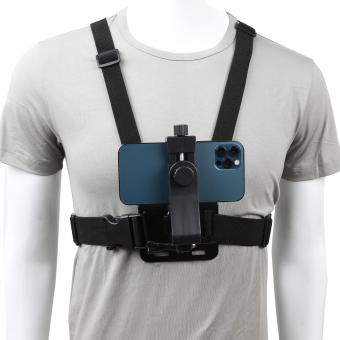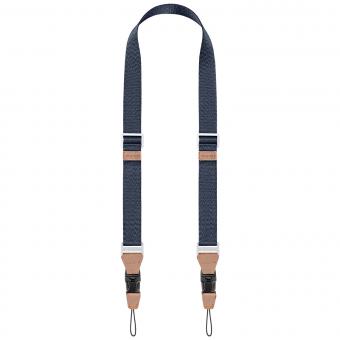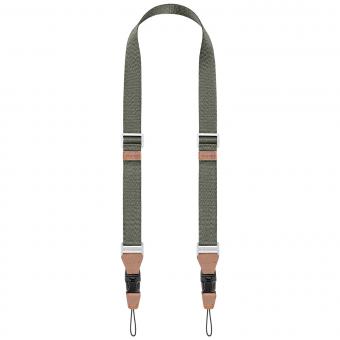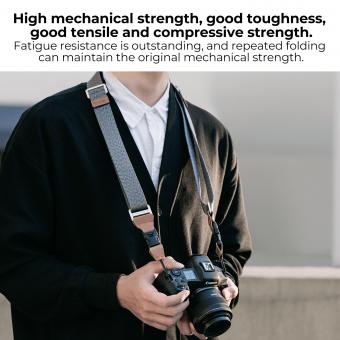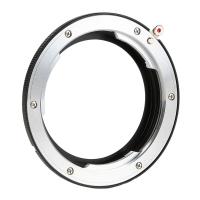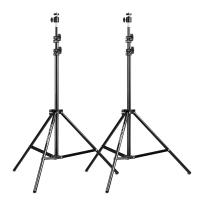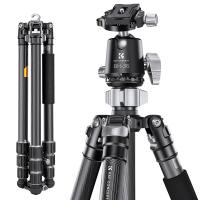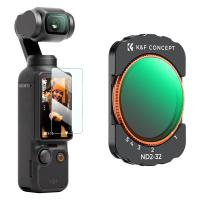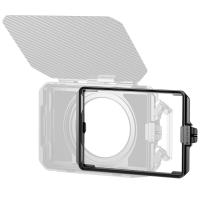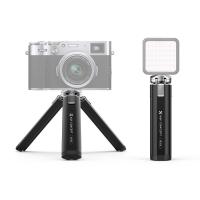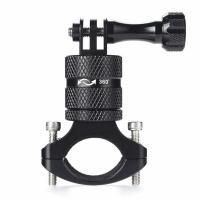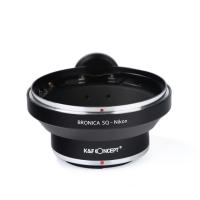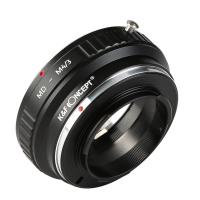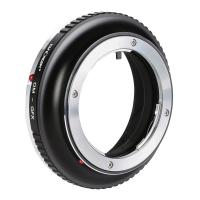How To Fix Canon Camera Strap?
To fix a Canon camera strap, first, identify the issue with the strap, such as a broken buckle or torn fabric. If the buckle is broken, it may need to be replaced with a new one from the manufacturer or a third-party supplier. If the fabric is torn, it can be sewn back together using a heavy-duty needle and thread. Alternatively, a camera strap can be replaced entirely with a new one that is compatible with the Canon camera model. It's important to ensure that any repairs or replacements are done carefully to avoid causing further damage to the camera or the strap.
1、 Troubleshooting common strap issues
If you're experiencing issues with your Canon camera strap, there are a few troubleshooting steps you can take to fix the problem. Here's how to fix a Canon camera strap:
1. Check for twists or tangles: Sometimes, the strap can become twisted or tangled, making it difficult to use. Untangle the strap and ensure it is straight and properly aligned.
2. Adjust the length: If the strap is too long or too short, adjust the length to your preference. Most camera straps have adjustable buckles or sliders that allow you to customize the length for a comfortable fit.
3. Inspect for wear and tear: Over time, the camera strap may show signs of wear and tear, such as fraying or weakening of the material. If you notice any damage, consider replacing the strap with a new one to ensure the safety of your camera.
4. Clean the strap: If the strap is dirty or stained, gently clean it with a mild detergent and water. Allow it to air dry completely before using it again.
5. Upgrade to a new strap: If you're still experiencing issues with your current strap, consider upgrading to a new and improved camera strap that better suits your needs and preferences.
In addition to these troubleshooting steps, it's always a good idea to refer to the latest user manual or online resources for specific instructions on how to fix common strap issues for your particular Canon camera model. Keep in mind that the latest point of view may include advancements in strap design and materials, so consider exploring newer options for improved comfort and durability.
2、 Reattaching a detached strap
To fix a detached Canon camera strap, you can follow these steps:
1. Gather the necessary tools: You will need a small screwdriver, pliers, and a replacement strap if the original one is damaged.
2. Locate the attachment points: The attachment points for the strap are usually located on the sides of the camera body. They may be secured with screws or clips.
3. Reattach the strap: If the strap has simply come loose, you can reattach it by threading it through the attachment points and securing it in place. If the attachment points are damaged, you may need to replace them with new ones.
4. Tighten any screws or clips: Use the screwdriver or pliers to tighten any screws or clips that secure the strap to the camera. This will ensure that the strap is securely attached and will not come loose again.
5. Test the strap: Once you have reattached the strap, give it a gentle tug to make sure it is secure. You can also attach the camera to your neck or shoulder to ensure that the strap is holding the weight of the camera properly.
From a latest point of view, it's important to ensure that the replacement strap, if needed, is compatible with your specific Canon camera model. Additionally, consider investing in a high-quality strap to prevent future detachment issues. If you encounter any difficulties or are unsure about the process, it's advisable to seek assistance from a professional camera technician.
3、 Adjusting strap length for comfort
To fix a Canon camera strap, you can start by adjusting the strap length for comfort. This can be done by locating the adjustment buckle on the strap and loosening it to increase the length or tightening it to decrease the length. It's important to find the right balance between having the strap too loose, which can cause the camera to swing around, and having it too tight, which can be uncomfortable and restrict movement.
In the latest point of view, many photographers are also opting for aftermarket camera straps that offer more comfort and functionality. These straps often come with additional padding, quick-release mechanisms, and adjustable features that make them more versatile and comfortable to use. Some photographers also prefer using a sling-style strap, which allows the camera to hang at the side when not in use and quickly slide up to the shooting position when needed.
When adjusting the strap length, it's important to consider your shooting style and preferences. If you frequently switch between handheld shooting and using a tripod, you may want a longer strap that allows the camera to hang at your side comfortably. On the other hand, if you prefer to keep the camera close to your body for security and quick access, a shorter strap may be more suitable.
Overall, finding the right camera strap and adjusting it for comfort is essential for a pleasant shooting experience, and the latest options provide photographers with a wide range of choices to suit their individual needs.
4、 Cleaning and maintaining the strap
To fix a Canon camera strap, you can start by checking for any visible damage or wear and tear. If the strap is simply loose, you can tighten it by adjusting the length using the buckles or clips provided. If there are any tears or fraying, you can consider sewing the strap back together or using a strong adhesive to mend the damage. In some cases, it may be necessary to replace the entire strap with a new one, which can be purchased from a camera accessories store or directly from Canon.
When it comes to cleaning and maintaining the strap, it's important to regularly inspect it for any dirt, dust, or grime that may have accumulated. You can gently wipe the strap with a damp cloth to remove any surface dirt, and if necessary, use a mild soap solution to clean more stubborn stains. It's important to let the strap air dry completely before using it again to prevent any damage from moisture.
In the latest point of view, there is a growing trend towards using eco-friendly and sustainable materials for camera straps. Many photographers are opting for straps made from recycled materials or ethically sourced leather to minimize their environmental impact. Additionally, there is an increased focus on ergonomic design to ensure that camera straps are comfortable to wear for extended periods of time, especially for photographers who frequently shoot on location or in challenging conditions. Regular maintenance and proper care of the camera strap are essential to ensure its longevity and reliable performance.

